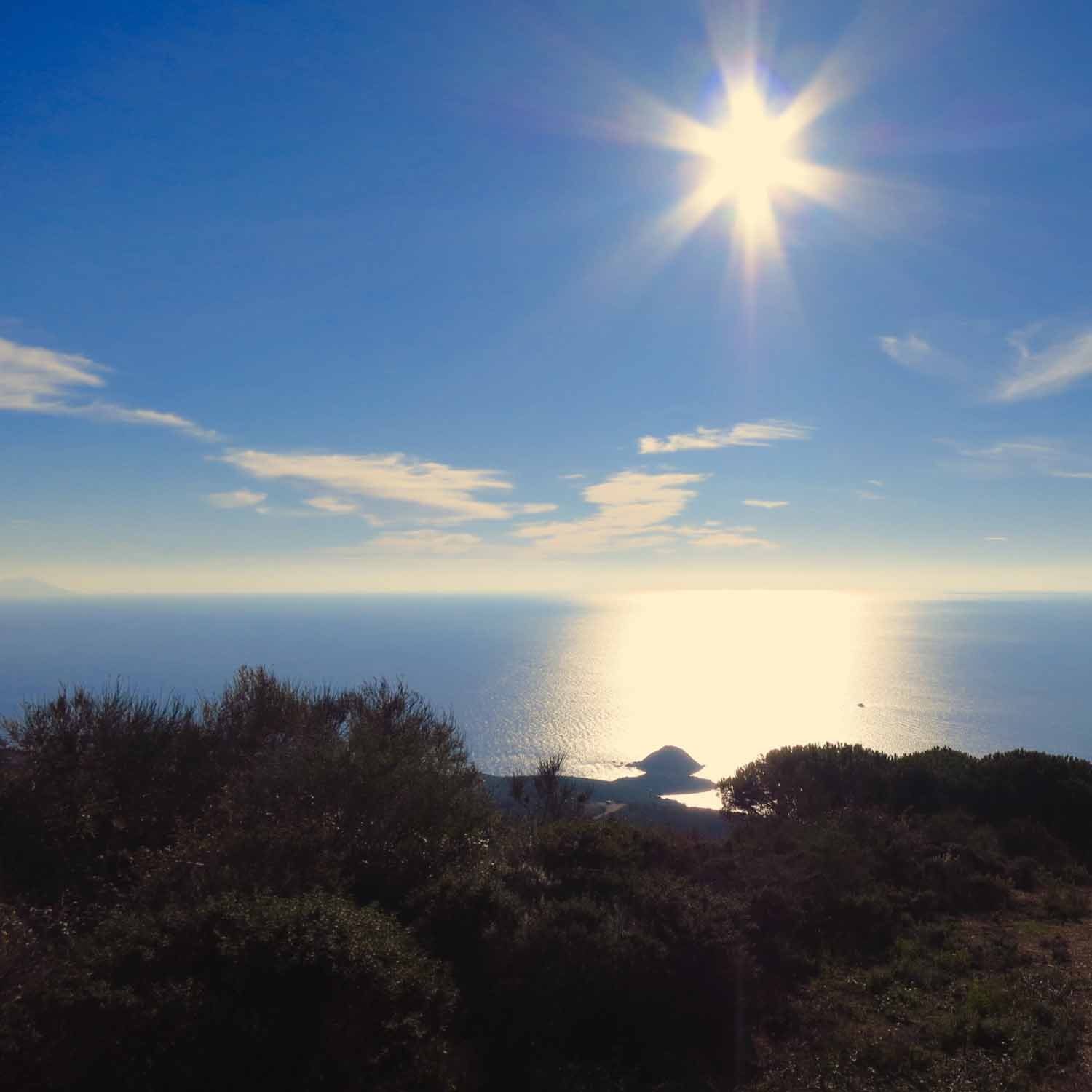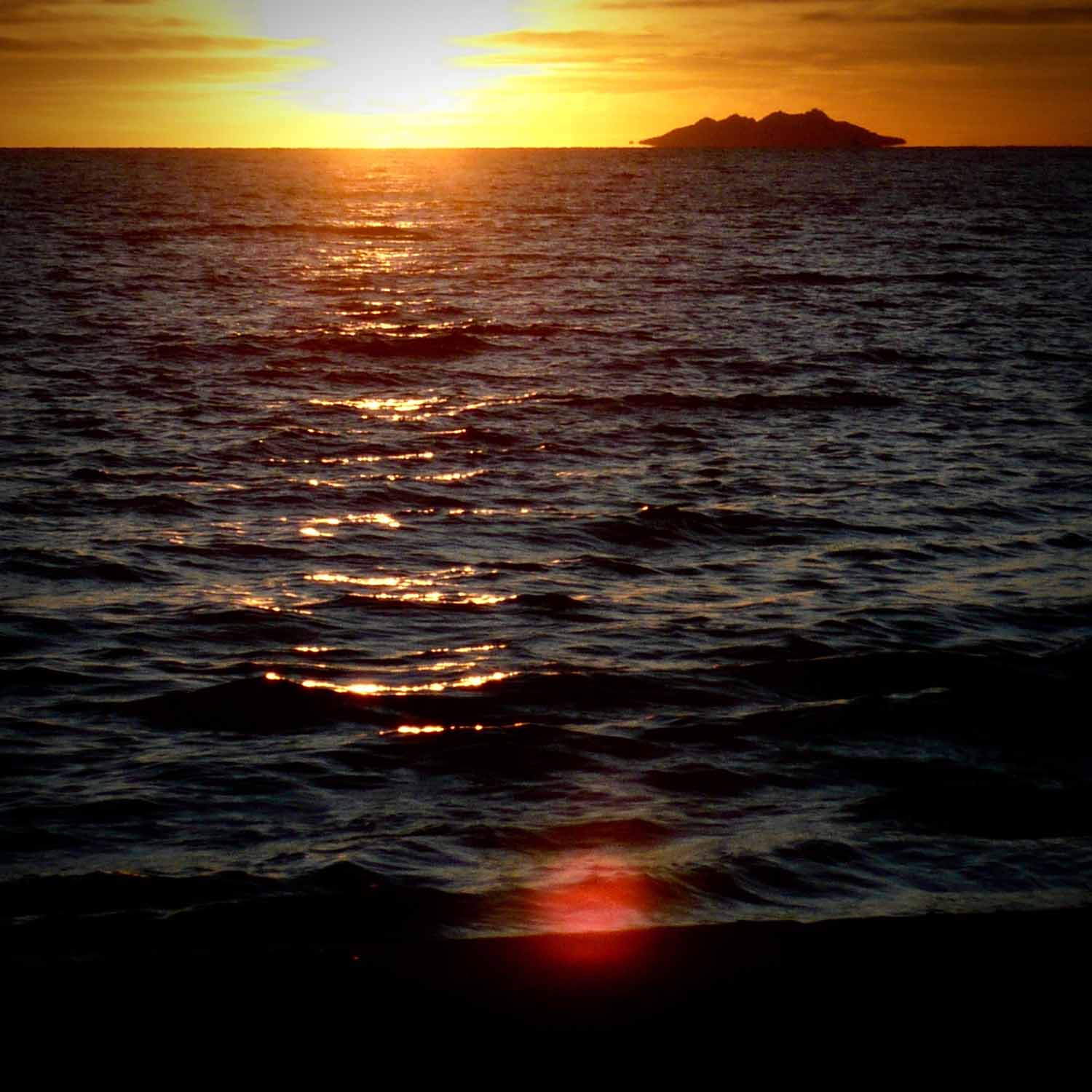Montecristo, Island Outlier
by Rudston Steward
very archipelago worth its sea-salt has an outlier island, set apart from the rest. It usually floats on the periphery, harder to reach than the others; more remote, less visited, more intriguing. Outlier islands are shrouded in mystery, cooler-than-thou, exerting irresistible island-hopping attraction.
The Aeolian Islands have Alicudi: a lone volcanic cone cast poetically adrift on the Tyrrhenian sea. In the Egadi Islands there’s Marettimo, the wild and wayward wedge of green deep off Sicily’s western coast. Sardinia’s Maddalena Archipelago has Spargi—a low-lying aquatic jewel idling almost unnoticed beyond the close-cropped glare of the day-trippers.
But the ultimate Mediterranean outlier, without a doubt, holds sway in the Tuscan Archipelago: the phantasmagoric island of Montecristo. An enticing apparition suspended between the Italian peninsula and Corsica, Montecristo is tantalizingly off-limits. It is extremely difficult to visit—only 1000 people per year are allowed on its protected shores, and trips are booked up years in advance.
The island is uninhabited, starkly beautiful, a precious refuge for endemic and exotic wildlife. And it has a swashbuckling literary pedigree to boot, the romantic stuff of Counts and pirate treasures and Napoleonic revenge. All told Montecristo cries out for exploration, for travel.
And yet I’ve never been to Montecristo, and will probably never go.
Why? Because some destinations are rendered more alluring precisely because we never visit them. They get to hover indefinitely on the outer fringes of our imagination, beguiling, their mystique intact.
We live in a world, it often seems, where nothing is beyond our reach anymore. In travel that’s not necessarily a good thing. The mystical nooks and crannies—like Montecristo—are increasingly accessible, laid bare, often unceremoniously, before our prying eyes.
In my opinion some magical travelling stones are these days better left unturned.


